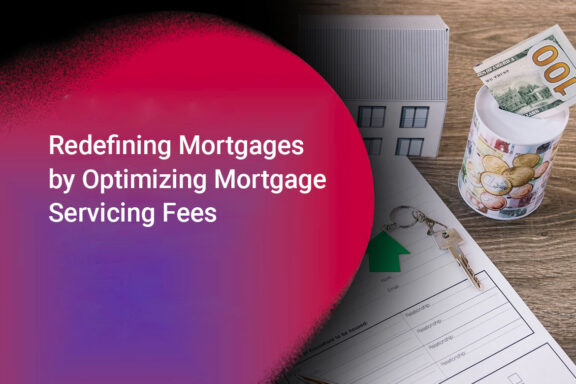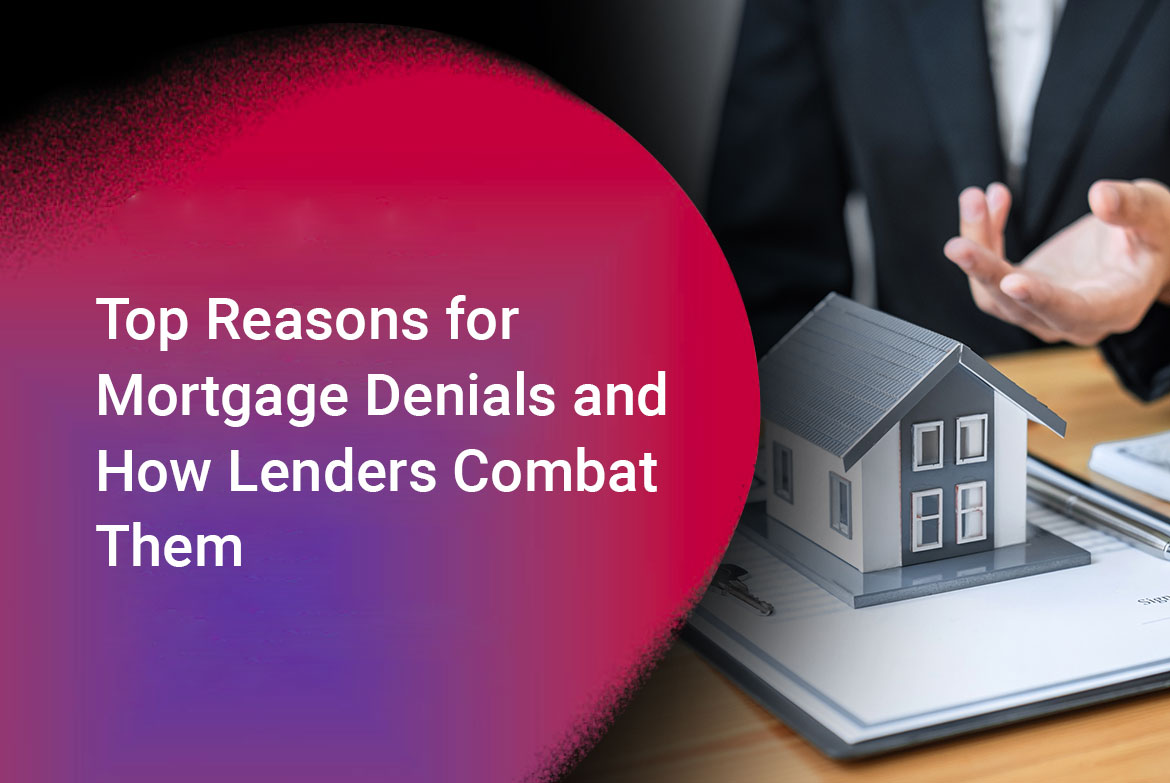The Background Of A Reverse Mortgage
A reverse mortgage is only available to older homeowners who are interested in converting the equity in the house into a steady income. One of the largest benefits of working with a reverse mortgage is that homeowners are eligible to stay in the house for the duration of the mortgage. This appeals to many homeowners who don’t want to move or be forced to sell their house, and a reverse mortgage provide the solution to these concerns.
Reverse mortgages are ideal for older homeowners looking for extra retirement income when they have already built up equity in the home.
Three Types of Reverse Mortgages
There are three different kinds of reverse mortgages. A single-purpose reverse mortgage is given to homeowners for a single goal, like property taxes or renovating the home. A home equity conversion mortgage is the most popular form of reverse mortgage, and these loans are insured by the Federal Housing Administration. This is the only type of reverse mortgage that is guaranteed. Finally, a proprietary reverse mortgage is generated by private company. There are less qualifying restrictions on these loans, but there are significantly higher fees than other types of reverse mortgages.
Although there are three types of reverse mortgages, most homeowners will go with a home equity conversion.
Reverse Mortgage Stipulations
Not every homeowner is eligible for a reverse mortgage. Unlike a traditional mortgage, a reverse mortgage provides a normal flow of payments to the homeowners. In this case, a bank actually makes payments to the homeowners as the bank builds up their own equity and claim on the home.
- Reverse mortgages are only available to homeowners 62 or older.
- The house must be paid off or have significant equity built up. In situations where homeowners have not paid off the existing mortgage yet, the loan can still be taken out, but the initial lump sum funds will be used to pay off the remainder of the mortgage. This is why reverse mortgage makes the most sense for older homeowners who have completely paid off their home already.
- The money borrowed to reverse mortgage is determined by the appraised value of the home, the current interest rate, and the youngest borrowers age. The Federal Housing Administration may also place limits on the amount of the loan.
Protections Included In Reverse Mortgage Loans
There are several different protections that help to make reverse mortgage loans appeal to a broad range of older homeowners.
No Risk of Debt
Since home owners or their heirs can never be forced to pay more than the home is worth on a reverse mortgage, there is no debt risk associated with this type of mortgage. In the event that the final home sale doesn’t meet or exceed the loan amount, the lender is the one facing the shortfall. In the cases where the home is sold for more than the value of the reverse mortgage, the homeowner or the heirs profit from the difference.
Reverse mortgages are low risk for older homeowners and their heirs.
Security
In a reverse mortgage, the lender can never demand that the home be sold as long as the homeowner remains living in the home, the decisions about leaving or selling the house are left up to that homeowner.
Homeowners don’t feel trapped by their decision, since they still maintain security about entering a reverse mortgage
Flexibility in Payments
The funds from a reverse mortgage can be paid to the homeowner in one of several ways. The majority of the time, borrowers elect to receive the payments as a line of credit, allowing them to take the money from the total as they need it. Another option called tenure can provide the homeowners with equal monthly payments so long as the borrower continues to live in the house. Term payment can also be elected for equal payments over a certain period of time. For the homeowner looking for ultimate flexibility, a modified term payment plan mixes a line of credit and fixed monthly payments over a set period of time
Flexibility in receiving payments makes a reverse mortgage a great scenario for older homeowners with varying needs
Are There Any Fees Associated With Reverse Mortgages?
One of the downsides of a reverse mortgage is that the homeowner must be savvy about the fees. Generally, reverse mortgages require an upfront fee that tends to be around $30 a month for the youngest borrowers expected life. Depending on the age of the younger borrower, this fee can add thousands of dollars to the loan amount. This is why a reverse mortgage is the best situation for older homeowners who plan to remain in the home for some time. It’s also recommended that homeowners who want to leave the property to their heirs consider all options before determining that a reverse mortgage is the best solution.
Homeowners should read all the fine print clearly, since fees on reverse mortgages can add an additional amount to the total loan.







No Comments